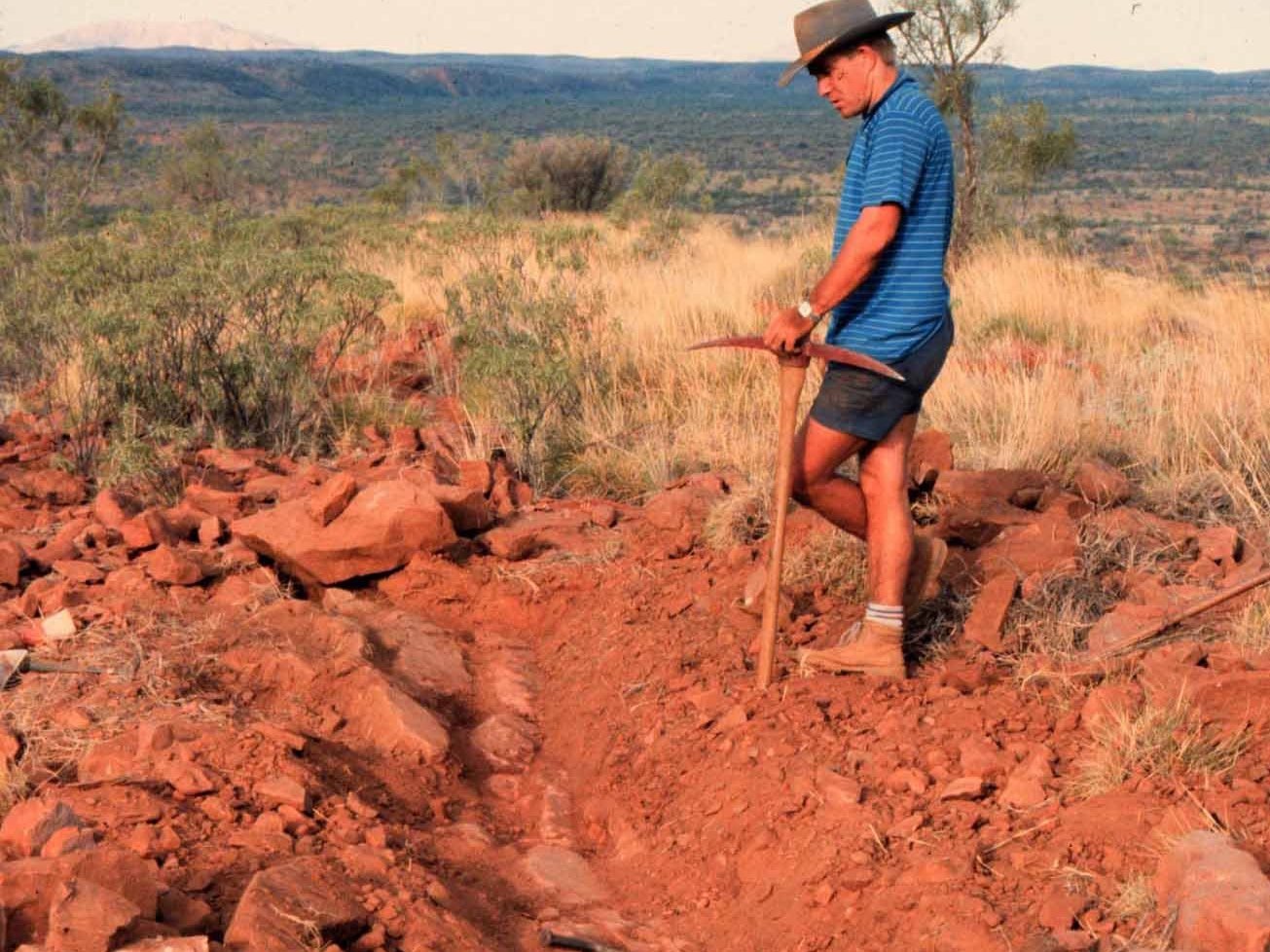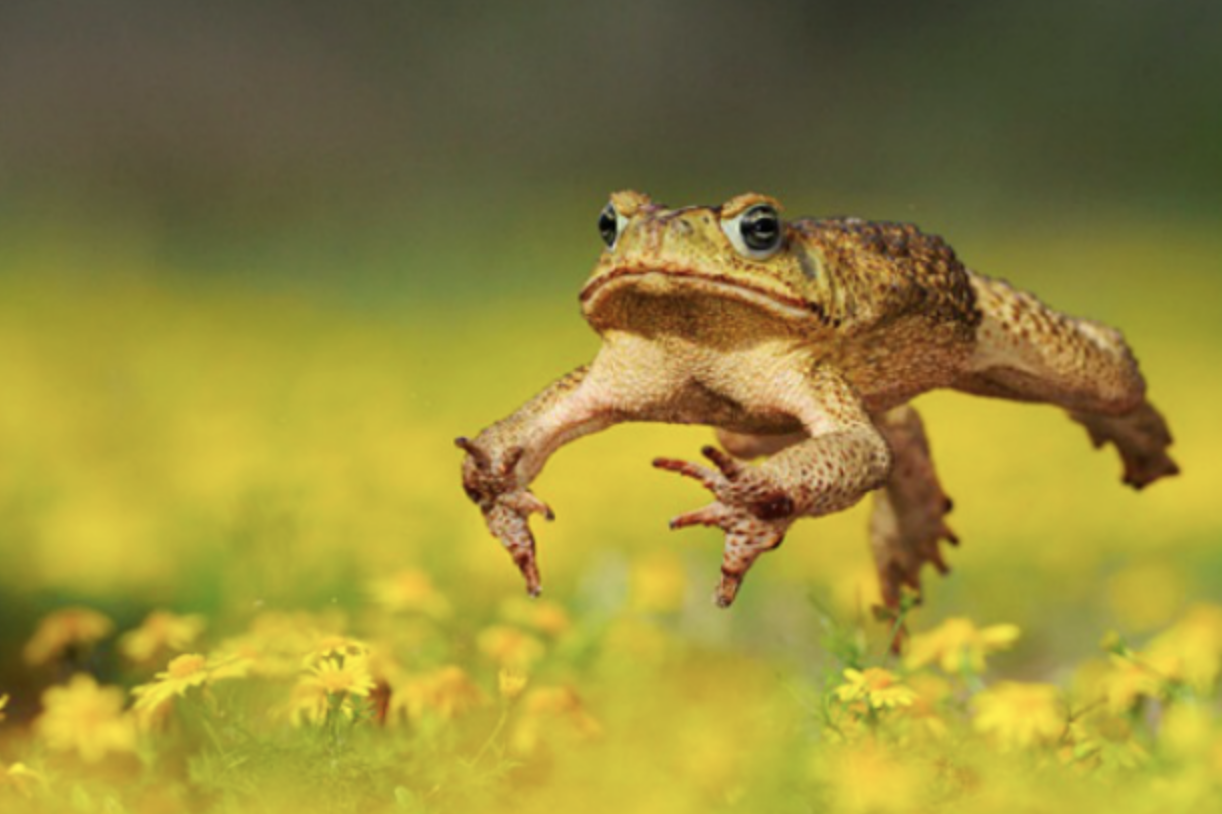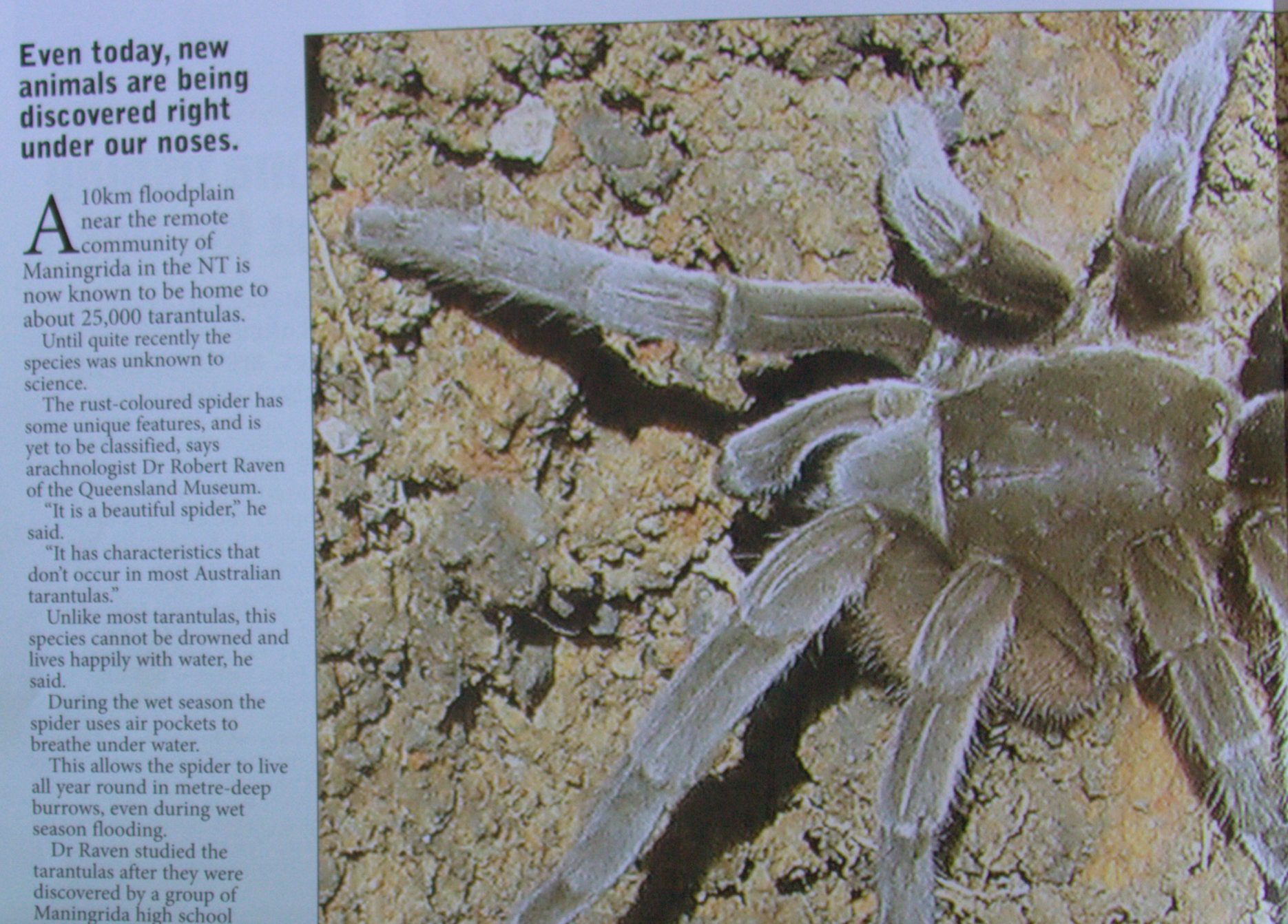science journalism
-

C&EN
Feature writing
-

Veritasium
Script writing
-

ScienceAlert
News writing
(C&EN cover story, January 2025) The periodic table looks complete, but it isn’t. The race is on to discover the table’s next row of elements, starting with elements 119 and 120. Japan hopes to produce element 119 one atom at a time using its powerful, custom-built facility at the Riken Nishina Center for Accelerator-Based Science. Geopolitics and shifting national priorities have caused competitors—a German institute and a collaboration between the US and Russia—to fall behind, leaving Japan’s path to victory seemingly wide open. Meanwhile, despite the breakdown of the US-Russia collaboration, the search for element 120 continues at the US’s Lawrence Berkeley National Laboratory, where proof-of-concept experiments are underway.
Published on ScienceAlert, 30 October 2022
Part of the scriptwriting team that created:’The Scientist Who Killed Millions and Saved Billions
Fritz Haber is the scientist who arguably most transformed the world.
Published on Veritasium, 23 July 2022
(12 million views)
The arms race between the human immune system and gonorrhea might have had the useful side effect of promoting healthy brain tissue later in life.
Here's a clue... if someone is asking for your life savings to cure you of a debilitating disease that no one knows how to cure, it's probably a scam.
When people with metastatic breast cancer close their eyes at night, their cancer awakes and starts to spread.
Have you ever met a perfect stranger and felt like you 'clicked' almost immediately? Well, that feeling of chemistry might actually be chemistry.
A gigantic bacterium found in a mangrove swamp in the Caribbean is by far the largest ever found, and now scientists think they've figured out how it grew to such an enormous size.
Australian scientists have created the world's first-ever quantum computer circuit – one that contains all the essential components found on a classical computer chip but at the quantum scale.
Since the dawn of genetics in the early 20th century, biologists have debated whether evolution is driven more by chance mutations or by the original diversity in the gene pool.
Published on ScienceAlert, 17 June 2022.
Scientists have figured out how to make platinum more affordable as a catalyst: turn it into a low-temperature liquid.
-

What is pathogen sovereignty? … and why does it matter?
-

How one perplexing pirate is plundering the publishers
-

The age of programmable cancer drugs
-

Mice are mini-humans and the moon is made of cheese
It’s mid-winter and I’m just warming my hands by the fire at a house party when the conversation turns to mice.
One of the attendees works in mouse research, but he’s been disillusioned by years of translational failure. Everyone knows mouse research is completely pointless, he says. The results hardly ever translate to humans.
Sorry, what? Doesn’t your work involve mouse studies? I ask. Yes, he says. And almost everything we do is completely useless.
Published in The Medical Republic
-

Ground Control to Major Vom
What medical issue do NASA, the ballet, camel riders, and roller-coaster engineers have in common?
You guessed it: motion sickness.
For as long as humans have sought to fling themselves into space at wild speeds and at odd angles, we’ve been cursed by the demons of dizziness and flying vomit.
But for Chris Hadfield, no amount of weightless aerobatics aboard the International Space Station has ever quite compared with a fairground ride he took as a teenager.
“You know one of those rides that spins you for a long time in one direction and then, when you tip your head suddenly, it completely tumbles your internal gyros? I think that’s the most motion sick I’ve ever been, where it affects you for hours afterwards.”
Published in The Medical Republic
-

Space diver and the world of tomorrow
The world watches, tweets and waits as a lone man in a space suit stands on a precipice 36 km above the Earth swinging beneath a colossal helium balloon. Before him lies the million-dollar view of planet Earth as a luminescent blue ball spinning against the darkness. He can trace the outline of continents from this height. Suddenly, he salutes and leaps out into empty space aiming vaguely for Mexico.
Published in student magazine Honi Suit
-

Hunting Australia’s oldest fish
Dr Gavin Young is a fossil hunter, but that’s only a tiny part of his job. As a fish paleontologist he spends weeks at a time in the Northern Territory wilderness looking for exposed rock that could be filled with fossilised fish.
Geologists give the paleontologists tip offs about the rough location of fossils but the mountain ranges often go on for thousands of square kilometers.
Finding the exact spot where fish bones have happened to be preserved and are at the surface is like looking for a needle in a haystack.
But the search is exhilarating – and has the air of adventure.
“No, we never sleep in bloody tents!” laughs Dr Young when I asked what the accommodation was like on the road.
“We just roll out the swag and sleep on the ground with the dingoes howling around the campfire,” he says.
One time a dingo even stole into the camp and ran off with one of the paleontologists’ shoes.
“My colleague woke up in the morning and he saw one of his boots was missing,” says Dr Young.
Published in the North Australian Fishing & Outdoors Magazine
-
Shark tales
NT rivers are home to a number of giant predators but the bull shark (Carcharhinus leucas) is among the most versatile.
The bull shark gets its name from its heavy build, blunt snout and its tendency to head-butt prey. Like its bovine namesake, the bull shark is thought to be very aggressive.
“They do have a bad reputation with fishos, given their tendency to steal hooked fish,” says Dr Peter Kyne, a shark expert and conservation biologist at Charles Darwin University.
These steel‐grey river monsters can grow from 2 to 3.5m in length and 95-130 kg in weight.
They have no problem tearing through flesh with their startling array of serrated, triangular teeth.
What really sets bull sharks apart from other elasmobranchs, however, is their ability to move seamlessly between marine and freshwater environments.
No other species of shark can survive the transition for a prolonged period of time – or travel so far upstream.
“What is remarkable about bull sharks is that they can in the space of a day go from full strength seawater to freshwater,” says Professor Craig Franklin, a shark scientist at The University of Queensland.
Published in the North Australian Fishing & Outdoors Magazine
-

Marine life to feel brunt of massive mangrove dieback
Last year a 700-kilometre stretch of mangrove forest from the Roper River to Karumba was hit by a sudden dieback event. The skeletons of mangroves turned 7,000 hectares along the Gulf of Carpentaria coastline grey.
Two scientists flew in a helicopter across the devastated shoreline in June this year and were shocked by what they saw.
Dr Norman Duke, a mangrove ecologist at James Cook University, and Dr Tony Griffiths, Director of Marine Ecosystems at the Department of Environment and Natural Resources, confirmed that the dieback was occurring on an unprecedented scale.
Their aerial photographs depict the leafless branches of dying or dead mangroves across vast expanses.
“I'd flown that area in a light plane doing aerial surveys of dugongs in the previous year,” says Dr Griffiths. “Coming back in the helicopter the next year was a stark contrast. That change was quite shocking really.”
Satellite imagery and anecdotal reports had given the pair a glimpse of the extent of the decimation.
“What the flight was partially trying to do was to validate that what we were seeing in the satellite imagery was the same thing happening on the ground,” says Dr Griffiths.
“We knew what we were in for but I think we were both surprised at the scale.”
Published in the North Australian Fishing & Outdoors Magazine
-

We can do more for kids with stretched eyeballs
Myopia was once viewed as a mere optical inconvenience – a refractive error easily corrected with simple, minus-power spectacles. Not anymore.
With rates of short-sightedness hitting an all-time high, optometrists are turning to new lens technologies to try to halt myopia progression.
Myopia is an inability to focus on far-away objects caused by elongated eye. It occurs when the cornea and the crystalline lens bend light rays too much relative to the length of the eye.
Published in The Medical Republic
-

Universal flu vaccine – quest for the holy grail
Some experts doubt it’ll ever be found. But that hasn’t dissuaded research groups from hunting for a universal flu vaccine.
Published by The Medical Republic
-

Cane Toads Accelerated Their Hostile Takeover by Evolving to March in Straight Lines
Cane toads, Australia’s most diabolic invaders, have rapidly evolved to march in straight lines, dramatically speeding up their conquest of northern Australia as a result, scientists have found.
Published with ScienceAlert
-

The Tingle Junkies
Gentle whispers, the crunch of snow under your boots, the rustling of paper, the tapping of fingernails on a desk or the sound of rain - some sounds just feel good. For some people with ASMR, these sounds can actually trigger a relaxation response.
Published in student magazine Honi Soit
-

The crabs you want to have
Blood is rarely worth its weight in gold, but horseshoe crab blood is the exception.
Published in student magazine Honi Soit
-

You only live once
There’s a little town near Prague where a collection of medieval human skeletons decorate the walls of a small ossuary. In the centre there’s a chandelier containing every bone in the human body. On the sides seventy thousand skulls are piled into pyramids of death. No one remembers the names or deeds attached to those bones. The display is a startling reminder of how we all lose everything in the end and become wholly indistinguishable and equal in death.
Published in student magazine Honi Soit
-

Toads deadly invasion speeds up
The toxic cane toad is spreading faster than ever. They have wreaked havoc on land, but the impact on aquatic life is perhaps less obvious.
Published in the North Australian Fishing & Outdoors Magazine
-

Tarantula city
A 10km floodplain near the remote community of Maingrida in the NT is now known to be home to 25,000 tarantulas.
Published in the North Australian Fishing & Outdoors Magazine
-

Deadly creatures
It seems everything in the Northern Territory can bite and sting.
Published in the North Australian Fishing & Outdoors Magazine
-

Saving the sawfish
Half shark, half chainsaw… can we save the amazing sawfish?!
Published in the North Australian Fishing & Outdoors Magazine


































































































